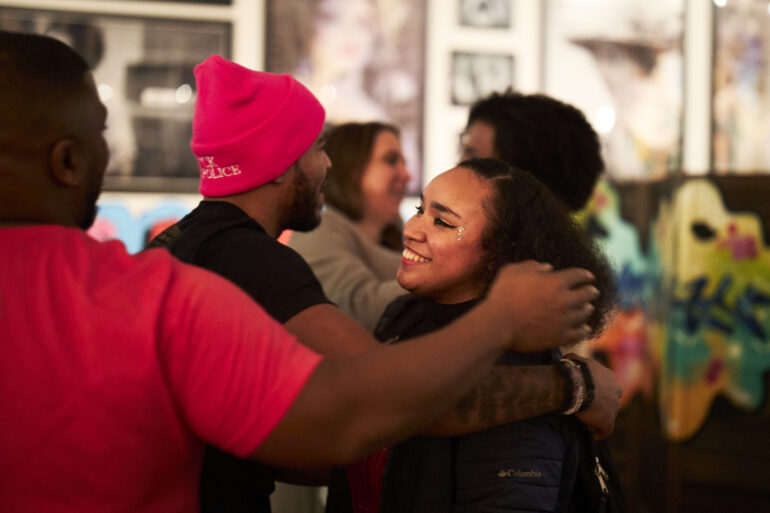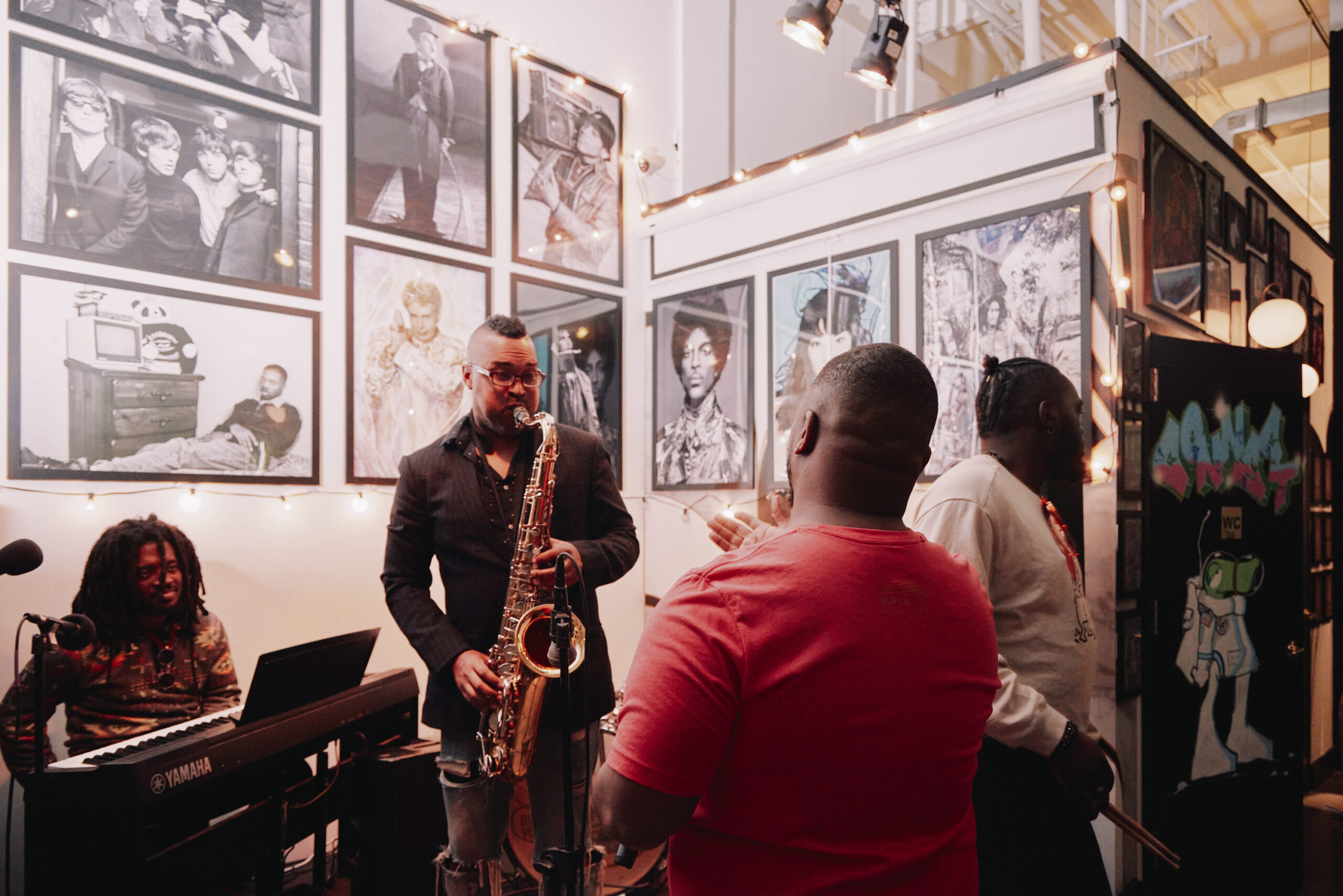“Oh man, you don’t even need to have the photographer; what’s the point of even hiring one?” This is what a marketing rep from a competing company told me when the Sony a1 was launched. He was impressed. But he, and perhaps many Japanese camera manufacturers, have even begun to understand one of the biggest problems with modern autofocus. It starts with low light autofocus in cameras and spreads further with an issue that’s plagued the industry for decades.
What I’m talking about here is low-light autofocus and having cameras focus on POCs with darker skin. You’ll probably sit here and tell me there’s not enough contrast in the scene.
And here’s where I’m going to tell you to stop. It’s 2023, and things desperately need to change.
Here’s the truth about the photo industry and cameras:
- We’ve (the photo industry, that is) put claims of being able to achieve autofocus down to -7 EV in cameras
- There is AI and machine learning to detect animals
- And birds
- And cars
- And trains
- And automobiles
- And insects
- And horses
- There’s even AI that can cut down the light in a scene to act like an ND filter
- Plus, there’s AI that can composite an image together in-camera.
Yet still, there’s no feature that lets cameras focus on people of color in low light moving pretty quickly. Why? And why is this such a problem even when the cameras can focus down to -7 EV? This technology shouldn’t take years to develop, it should be out now.
I think that this is a problem that stems back for decades. We previously reported on a video that VOX did a great job of explaining. But the truth is that it seems like these problems remain. When the companies are testing their cameras out, they’re doing it with lighter-skinned individuals from Japan or ex-pats instead of with people of color. And the world isn’t all very light-skinned. In fact, most folks in the world have darker skin these days.

When I say the photo industry failed with low light autofocus on people of color, I mean every brand. I’ve tested Canon, Nikon, Sigma, Sony, Leica, Panasonic, and Fujifilm. All of them do a really bad job at it. And telling us to use the infrared or LED assist light isn’t a solution. Often that can throw off a moment when you’re in low light. I’ve done it by accident, and I felt awful about it when documenting an event.
To further clarify this, I’m not just talking about low light autofocus on people of color. But the cameras also need to be able to track these people as they move around. Contrast and phase detection should be more than good enough to do all this now. But they’re sadly not. It’s a major feature that every camera manufacturer has overlooked, and they don’t necessarily seem to care about fixing it.
I’ve also previously spoken about how sonar could come back to help cameras do this. But with camera manufacturers leaning more into video, I don’t think that it will come.
So here’s my challenge to camera manufacturers: work on your cameras and make them more inclusive. Develop them to help people with low vision. And more importantly, develop them to autofocus on people of color in low light. It’s past time that Japanese camera manufacturers start to erase these mistakes.


